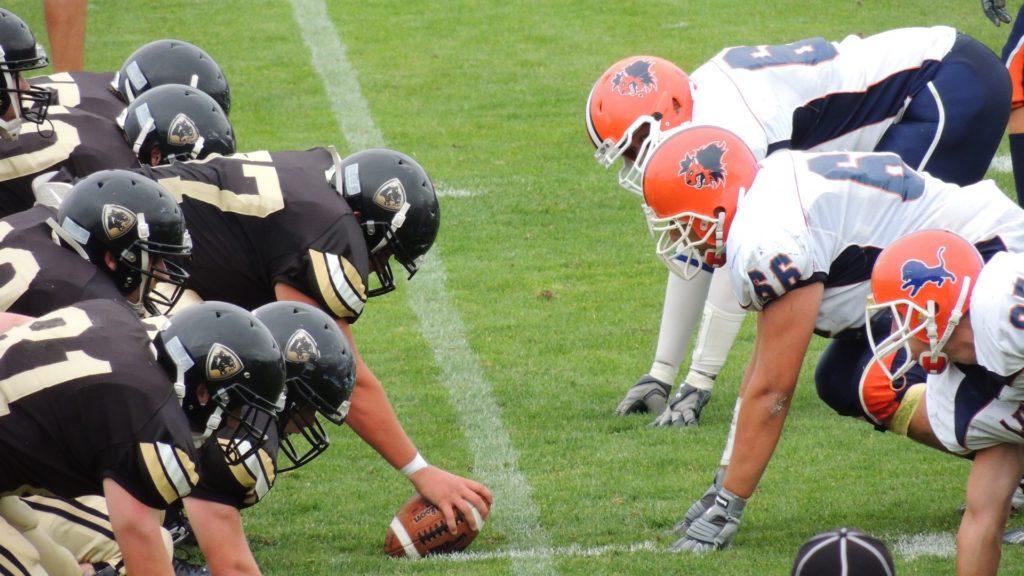
Recently, British cosmologist Stephen Hawking began openly supporting euthanasia, the painless process of killing someone to prevent further suffering from an extreme malady. He isn’t wrong in doing so. It is flawed to think that euthanasia devalues human life. More than anything it allows for a more dignified death. Euthanasia is not used on someone with a common cold wishing to die, but on people with incurable diseases who are experiencing unbearable pain. Failure to offer a pain-free death to terminally ill patients is cruel, especially if recovery is hopeless.
The Death With Dignity Act (DWD) was first implemented in October of 1997 in the state of Oregon. Since then, Washington, Vermont, and Montana have followed suit. This act gives those who are terminally ill the liberty to request lethal medication to end their lives. An annual report conducted by the Oregon Public Health Division in 2012 found that the major end-of-life anxieties were loss of dignity (77.9%), lack of ability to take part in enjoyable activities (92.2%), and loss of autonomy (93.5%).
In an interview with the BBC, Stephen Hawking, who was diagnosed with motor neurone disease, empathized with those who no longer have a desire to live. Hawking believes that they should be given the option to end their lives and “those that help them should be free from prosecution.” He added, “We don’t let animals suffer, so why humans?”
Why is it that we can put our pets to sleep to give them a compassionate death but we cannot extend that kindness to human beings? In euthanasia, the patient is the one making the decision; there isn’t and shouldn’t be a third party.
The top opponents regard euthanasia as a slippery slope that will lead to a sense of apathy towards death. Will doctors, once intended to save lives, end up taking them? As dismal as it seems, the latter is a better option in dire circumstances. With advancements in technological and medical fields, life expectancy has increased. However, these same advancements also guarantee prolonged suffering for the terminally ill and a diminishing quality of life and self-worth for the patient. A heartbeat can not be a signal of life if one cannot acknowledge it. Since when did the right to live encompass a deprivation of senses, movement, and inability to express oneself? If anything, euthanasia will prevent such cases of “living death” from occurring.
Although, there are good reasons to oppose the administration of euthanasia for those who are clinically depressed, there are not for those who are depressed from a terminal illness. Those who are clinically depressed hold an unrealistic perception of themselves and can be treated. On the other hand, a terminally ill patient cannot change his or her reality. In order to make sure these two circumstances don’t overlap, the boundaries of euthanasia must be made clear. The patient requesting euthanasia should undergo an assessment by more than two psychiatrists and should be confirmed to have a terminal illness before euthanasia can even be considered.
While volunteering at a nursing home during the summer, I met a lot of wonderful people who lived life the way they wanted to. Why can’t they be allowed to decide how to end it as well?
Euthanasia is motivated by compassion not only for the ones we love but for ourselves. It’s a question of autonomy, dependency, and control. If faced with ambivalence, ask yourself, are you prolonging life or simply prolonging death?






























Romel Beir • Nov 2, 2013 at 9:27 pm
Well done, that is definetly a tough desision but I think its the right the to do.Good job parbattie.